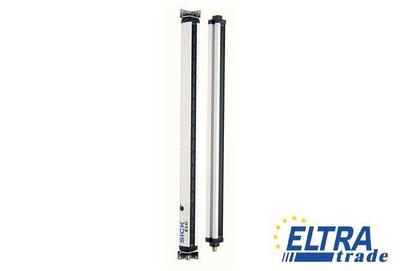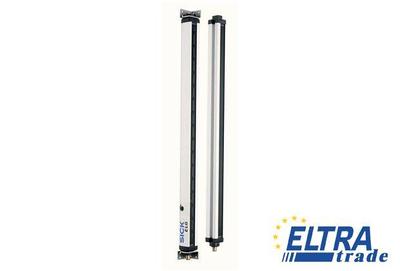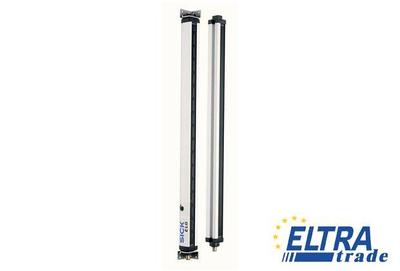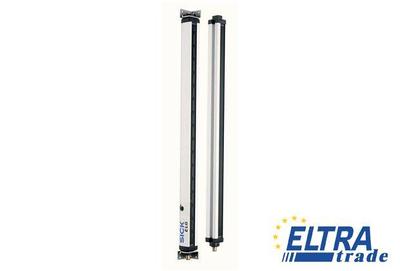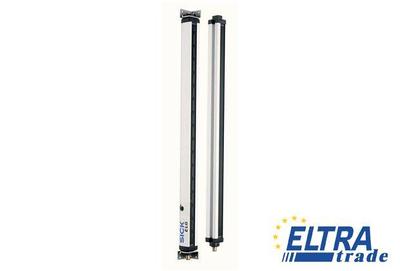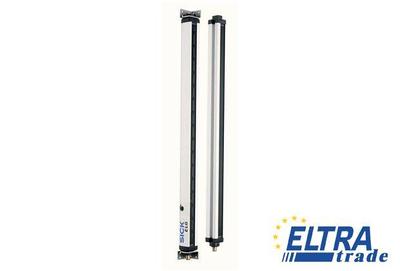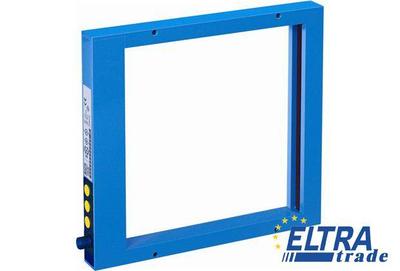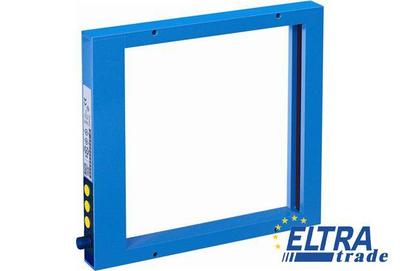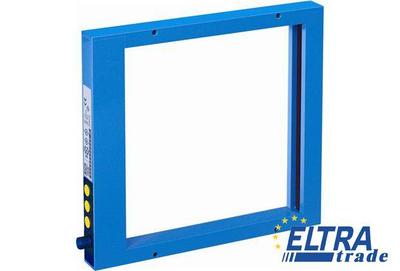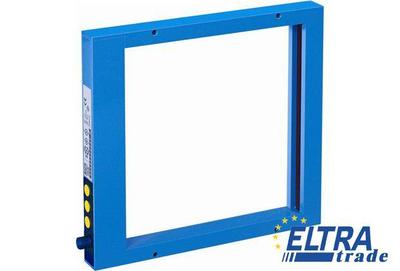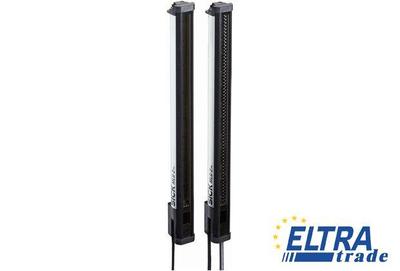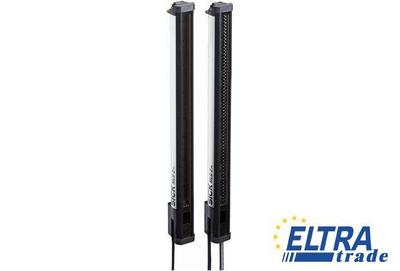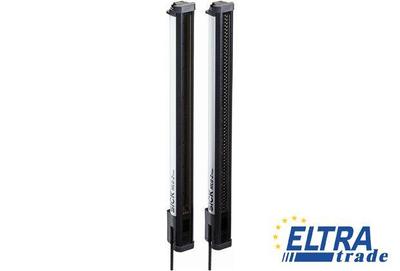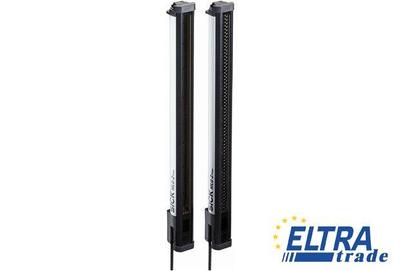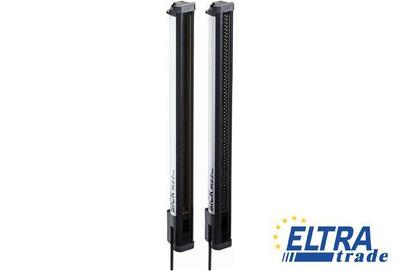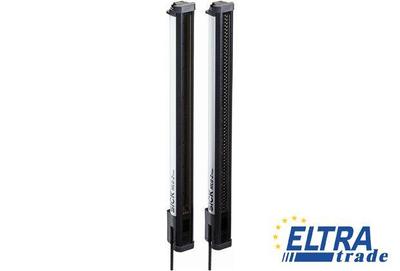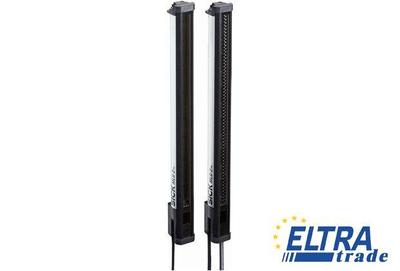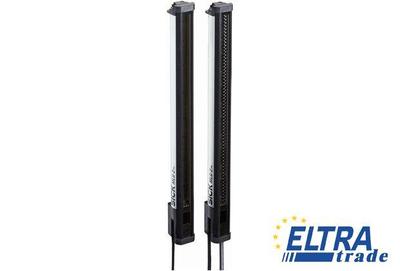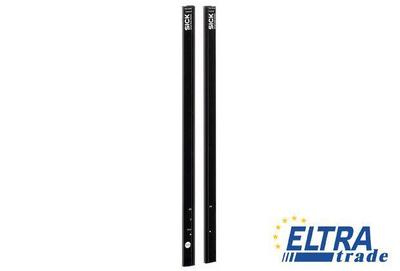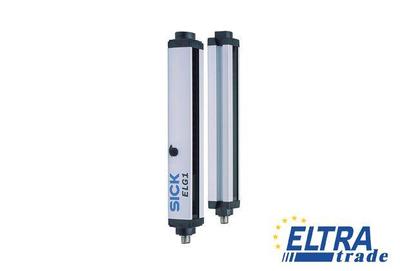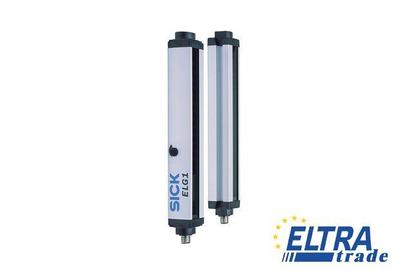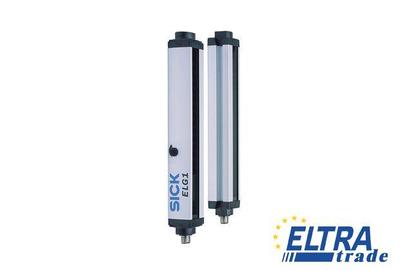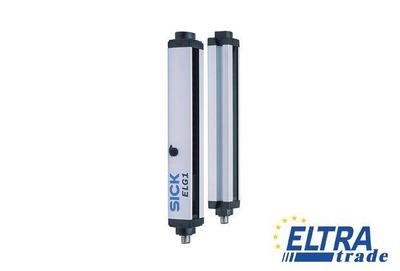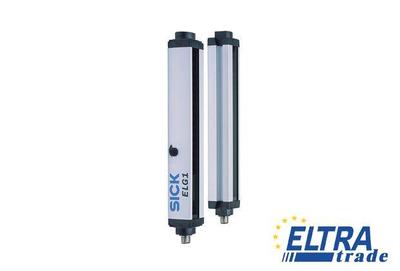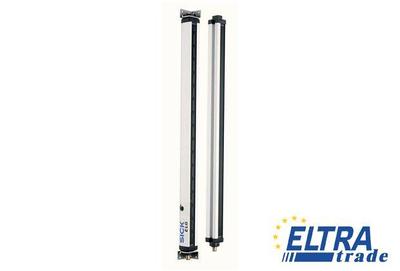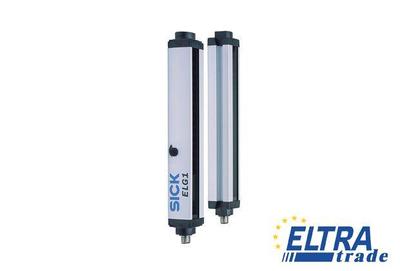Sick Light Grids
- Up to 128 beams
- Different beam separations 30 mm and 60 mm
- High functional reserve (gain) for ranges up to 12 m
- Up to 128 beams
- Different beam separations 30 mm and 60 mm
- High functional reserve (gain) for ranges up to 12 m
- Up to 128 beams
- Different beam separations 30 mm and 60 mm
- High functional reserve (gain) for ranges up to 12 m
- Up to 128 beams
- Different beam separations 30 mm and 60 mm
- High functional reserve (gain) for ranges up to 12 m
- Up to 128 beams
- Different beam separations 30 mm and 60 mm
- High functional reserve (gain) for ranges up to 12 m
- Up to 128 beams
- Different beam separations 30 mm and 60 mm
- High functional reserve (gain) for ranges up to 12 m
- Up to 128 beams
- Different beam separations 30 mm and 60 mm
- High functional reserve (gain) for ranges up to 12 m
- Dynamic or static operating mode, switchable
- Simple adjustment
- Adjustable sensitivity
- Dynamic or static operating mode, switchable
- Simple adjustment
- Adjustable sensitivity
- Dynamic or static operating mode, switchable
- Simple adjustment
- Adjustable sensitivity
- Dynamic or static operating mode, switchable
- Simple adjustment
- Adjustable sensitivity
- High-resolution light grid: Available with beam separation of 2.5 mm (coming soon), 5 mm, 10 mm, 25 mm, and 50 mm
- "High-speed scan" function with triple scanning speed
- "Transparent mode" function for detecting transparent materials
- High-resolution light grid: Available with beam separation of 2.5 mm (coming soon), 5 mm, 10 mm, 25 mm, and 50 mm
- "High-speed scan" function with triple scanning speed
- "Transparent mode" function for detecting transparent materials
- High-resolution light grid: Available with beam separation of 5 mm, 10 mm, 25 mm, and 50 mm
- Available with three push-pull switching outputs or two analog outputs
- Display configuration with selected, pre-programmed measuring functions
- High-resolution light grid: Available with beam separation of 5 mm, 10 mm, 25 mm, and 50 mm
- Available with three push-pull switching outputs or two analog outputs
- Display configuration with selected, pre-programmed measuring functions
- High-resolution light grid: Available with beam separation of 5 mm, 10 mm, 25 mm, and 50 mm
- Available with three push-pull switching outputs or two analog outputs
- Display configuration with selected, pre-programmed measuring functions
- High-resolution light grid: Available with beam separation of 5 mm, 10 mm, 25 mm, and 50 mm
- Available with three push-pull switching outputs or two analog outputs
- Display configuration with selected, pre-programmed measuring functions
- High-resolution light grid: Available with beam separation of 5 mm, 10 mm, 25 mm, and 50 mm
- Available with three push-pull switching outputs or two analog outputs
- Display configuration with selected, pre-programmed measuring functions
- High-resolution light grid: Available with beam separation of 2.5 mm (coming soon), 5 mm, 10 mm, 25 mm, and 50 mm
- "High-speed scan" function with triple scanning speed
- "Transparent mode" function for detecting transparent materials
- High-resolution light grid: Available with beam separation of 2.5 mm (coming soon), 5 mm, 10 mm, 25 mm, and 50 mm
- "High-speed scan" function with triple scanning speed
- "Transparent mode" function for detecting transparent materials
Switching automation light grids
- Up to 16 beams with 10 mm and 112 with 30 mm beam separation
- Range up to 5 m
- Potentiometer for sensitivity setting
- Up to 16 beams with 10 mm and 112 with 30 mm beam separation
- Range up to 5 m
- Potentiometer for sensitivity setting
- Up to 16 beams with 10 mm and 112 with 30 mm beam separation
- Range up to 5 m
- Potentiometer for sensitivity setting
- Up to 16 beams with 10 mm and 112 with 30 mm beam separation
- Range up to 5 m
- Potentiometer for sensitivity setting
- Up to 16 beams with 10 mm and 112 with 30 mm beam separation
- Range up to 5 m
- Potentiometer for sensitivity setting
- Up to 16 beams with 10 mm and 112 with 30 mm beam separation
- Range up to 5 m
- Potentiometer for sensitivity setting
- Up to 128 beams
- Different beam separations 30 mm and 60 mm
- High functional reserve (gain) for ranges up to 12 m
- Up to 128 beams
- Different beam separations 30 mm and 60 mm
- High functional reserve (gain) for ranges up to 12 m
- Up to 16 beams with 10 mm and 112 with 30 mm beam separation
- Range up to 5 m
- Potentiometer for sensitivity setting
Sick light grids are optical safety devices used to protect personnel and prevent access to hazardous areas. They create an invisible grid of light beams, the interruption of which triggers a safety system to ensure the safety of workers. Let's take a closer look at Sick automation light grids.
Types of Sick Light Grids
Sick offers a variety of light grids, including.
- Standard light grids. These are basic light grid systems designed for general-purpose security applications. They usually have different resolutions, beam spacings, and guard heights to suit different security requirements and protected area sizes.
- Compact light grids. Compact light grids are characterized by their compact design and smaller dimensions. They are suitable for applications where installation space is limited or where discreet integration is required.
- Multi-Scan light grids: Multi-scan light grids use advanced scanning technology for enhanced security and object detection capabilities. They offer multiple security fields, allowing for more flexible and adaptable security configurations.
- Robotic light grids. These devices, specially designed for collaborative robots (cobots), ensure safe interaction between humans and robots. They offer features such as dynamic field adaptation and manual control functions to support safe human-robot collaboration.
- High-resolution light grids. High-resolution light grids provide increased accuracy and precision in object detection. They offer a narrow beam spacing, allowing smaller objects to be detected and security to be precisely controlled.
- Zone light grids. Zone light grids are designed to create a security perimeter around a specific area or zone. They use multiple beams arranged in a grid pattern to provide comprehensive area coverage.
- Waterproof light grids. Such devices withstand exposure to water or liquids, making them suitable for applications where water resistance or impermeability is required, such as in the food and pharmaceutical industries.
- Individual Sick light grid. Sick also offers customized light grids solutions tailored to specific application requirements. They may include light grids with special dimensions, resolution, or security features to meet unique security challenges.
Working Principle of Sick Light Grids
Sick light grid sensors system consists of a transmitter unit and a receiver unit. The transmitter emits multiple beams of infrared or visible light across the protected area. The receiver unit consists of photosensitive elements that detect emitted light beams. It is located opposite the transmitter, creating a grid of light beams.
When an object or person enters the protected area and interrupts one or more light beams, the receiver detects the interruption of the light signal. When an interruption in the light beam is detected, the light grid system triggers a safety response. This may include stopping or preventing dangerous equipment from operating, activating alarms, or initiating other safety measures.
Light grids can have different resolutions, which refer to the distance between the individual light beams. A higher resolution allows you to more accurately detect small objects or body parts.
Advanced light grid systems can include various safety features such as dimming, blanking, and cascading. Mute allows certain objects or materials to pass through without triggering a safety stop, while blanking allows predefined areas to be temporarily ignored. Cascading allows multiple light grid systems to be connected to protect large areas.
Light grids often include diagnostic and monitoring features to ensure they are functioning properly. This may include optical path self-test, fault or failure detection, and communication interfaces for integration into safety systems.
Applications of Sick Light Grids
Here are some common applications for Sick grid lighting.
- Machine safety. Light grids are widely used in industrial environments to ensure safety near hazardous machinery. They are used to detect the presence of people or objects in hazardous areas such as robotic production cells, presses, assembly lines, or conveyor systems.
- Access control. Light grids are used for access control and perimeter protection. They are often installed around restricted areas or entrances to prevent unauthorized entry.
- Loading and unloading works. Light grids play a critical role in material handling, keeping workers safe near automated storage and retrieval systems (ASRS), palletizing and unloading equipment, and conveyors.
- Robotics and automation. Light grids are an integral part of collaborative robot applications. They provide a secure interaction between humans and robots by creating a security perimeter around the robot.
- Packaging and logistics. They help keep workers safe in areas with fast-moving conveyor belts, sorting systems, or packaging equipment.
- Automotive industry. Light grids find application in the automotive industry, especially in manufacturing and assembly processes.
- Intrusion detection. They create an invisible barrier that, when crossed, triggers alarms or alerts to notify security personnel of potential intrusions.
- Conveyor systems. Light grids are commonly used in conveyor systems for object detection, sorting, and blockage detection.
